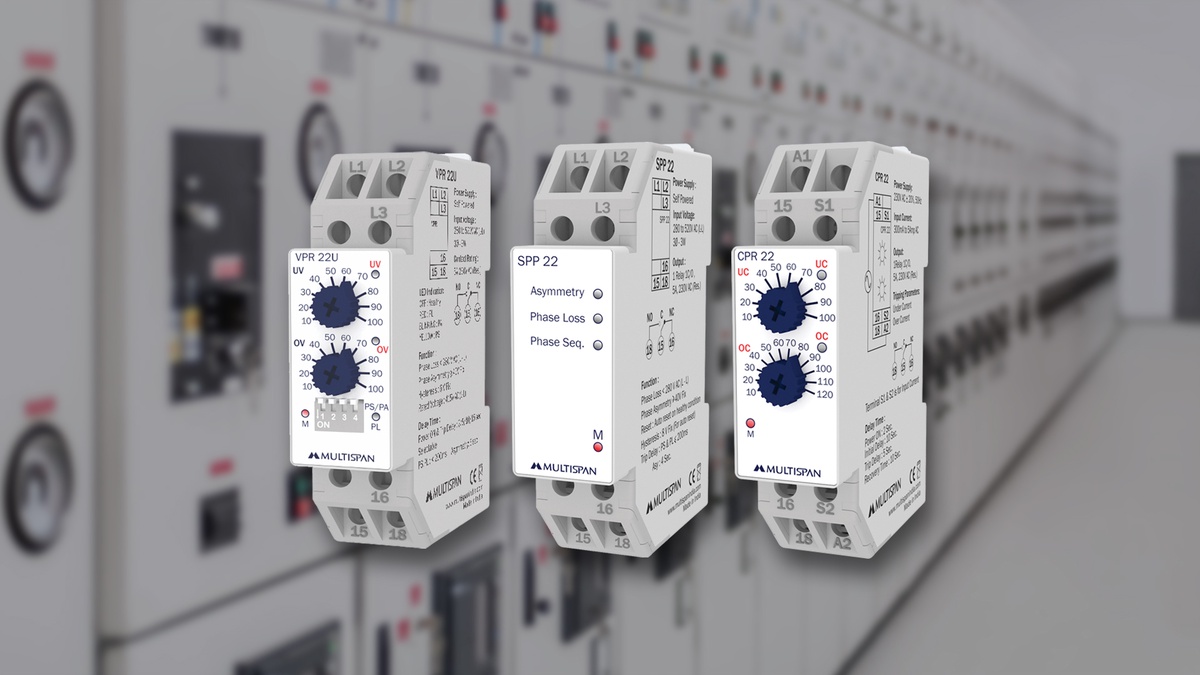Protective relays are key components in electrical systems, responsible for detecting and responding to faults to ensure the safety and reliability of power networks. These intelligent devices play a crucial role in swiftly identifying abnormal conditions and initiating protective actions to mitigate the impact of faults. In this blog post, we will unveil the inner workings of protective relays, exploring how they detect and respond to faults in electrical systems.
Sensing Electrical Parameters:
Protective relays continuously monitor various electrical parameters, such as voltage, current, frequency, and power factor. By sensing these parameters, relays establish a baseline for normal operating conditions. Any deviation from these predefined thresholds indicates a potential fault or abnormality within the system.
Fault Detection Algorithms:
Protective relays employ sophisticated fault detection algorithms to analyze the measured electrical parameters and identify fault conditions. These algorithms compare the incoming data with predetermined thresholds and predefined fault signatures. By analyzing the waveform characteristics and patterns, relays can distinguish between different types of faults, such as overcurrent, under-voltage, over-voltage, or differential current faults.
Time Grading and Coordination:
In complex electrical systems, multiple protective relays are interconnected to provide coordinated protection. Time grading is crucial to ensure that the nearest relay to the fault operates first and selectively isolates the faulted section while allowing adjacent relays to coordinate their responses. Protective relays use time grading techniques to establish proper sequencing and coordination of protection actions to minimize system disruption.
Fault Localization:
Once a fault is detected, protective relays employ fault localization techniques to determine the precise location of the fault. These techniques involve analyzing current and voltage measurements from different locations within the system. By comparing the phase angles, magnitudes, and time delays of these measurements, relays can accurately pinpoint the faulted section, enabling rapid isolation and restoration of unaffected parts of the system.
Protective Actions:
Upon detecting a fault and localizing its location, protective relays initiate protective actions to isolate the faulted section and prevent further damage. Depending on the nature of the fault and the configuration of the system, protective actions may include tripping circuit breakers to disconnect the faulted equipment, activating alarms or warning signals, or initiating other control actions to restore system stability.
Communication and Data Exchange:
Modern protective relays are equipped with advanced communication capabilities, enabling them to exchange real-time data with central control systems, such as supervisory control and data acquisition (SCADA) or energy management systems (EMS). This communication allows for remote monitoring, control, and diagnostics, providing operators with comprehensive situational awareness and facilitating efficient decision-making during fault events.
Post-Event Analysis and Reporting: Protective relays often store fault records and event logs, which are invaluable for post-event analysis. Engineers can analyze these records to understand the nature of the fault, its cause, and the performance of the protective relays during the event. This analysis helps improve system reliability, identify potential issues or trends, and optimize the performance of protective relays through adjustments or updates.
Conclusion: Protective relays serve as the first line of defense in electrical systems, tirelessly monitoring and responding to faults to ensure the safety and reliability of power networks. By sensing electrical parameters, employing fault detection algorithms, coordinating protective actions, and communicating with control systems, these intelligent devices play a critical role in fault detection, isolation, and system restoration. Understanding the inner workings of protective relays helps us appreciate their essential role in maintaining the stability and resilience of modern electrical systems.
Revamp Your Electrical System the Benefits of Relay Retrofitting Services


No comments yet